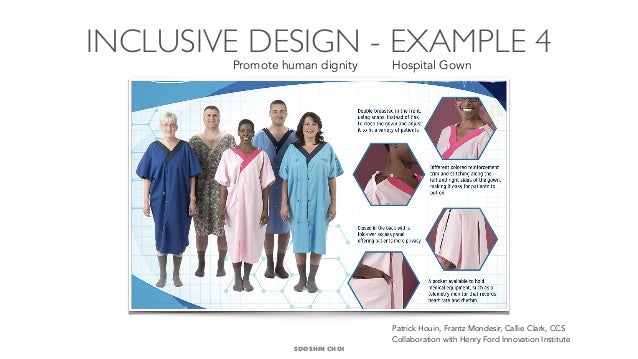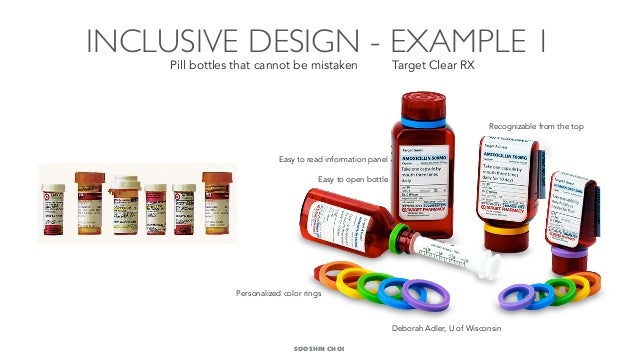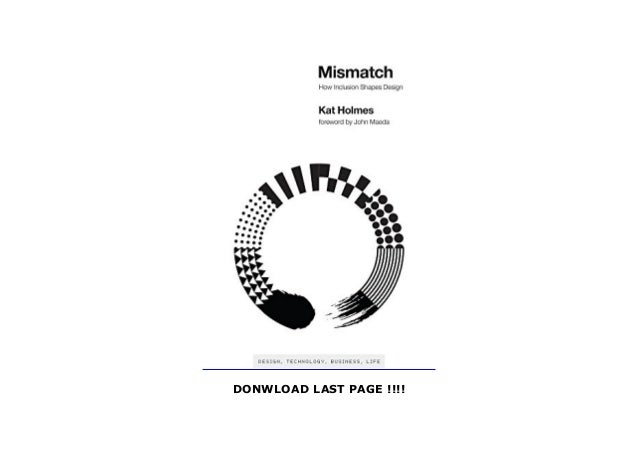

This means that a mass solution does not work well.

Most individuals stray from the average in some facet of their needs or goals. As individuals spread out from the hypothetical average, the needs of individuals that are outliers, or at the margins, become ever more diverse. Inclusive design keeps the diversity and uniqueness of each individual in mind.

The Three Dimensions of Inclusive DesignĪt the IDRC and the Inclusive Design Institute we stress three dimensions of inclusive design: 1: Recognize diversity and uniqueness

To hear more about the economics of disability, listen to a special episode of Marketplace Weekend here.We have defined Inclusive Design as: design that considers the full range of human diversity with respect to ability, language, culture, gender, age and other forms of human difference. However, in process, the original FingerWorks product was discontinued.Įxcerpted from “ Mismatch: How Inclusion Shapes Design” by Kat Holmes (MIT Press, 2018). Westerman is listed on a 2007 iPhone patent. Their was also an increase in customers who were interested in the design as an easier way to navigate their computer, regardless of their abilities or limitations.įingerWorks sold their technology to Apple in 2005, enabling the tech giant to build their first gesture-controlled, multi-touch interface, the iPhone. The company had a base of passionate customers who came to depend on FingerWorks products in their daily computer usage. They initially marketed their invention to people with hand disabilities and repetitive-strain injuries to their arms. His company, FingerWorks, developed a way to replace a keyboard with a touchpad for each hand. He was motivated, in part, by his own severe case of carpal tunnel syndrome. Wayne Westerman wanted to create a method of interacting with a computer that required no force in the hand. It also benefits anyone who’s reclined on a beach, enjoying their favorite vacation beverage. But it also works well for anyone who’s unable to hold a glass to their mouth, or reclined in bed from illness or injury. That bend in the straw made it possible for his daughter to comfortable enjoy her beverage. Friedman inserted a screw into the straw and tightly wrapped a wire around it to make a flexible joint. Sitting at the counter, she was having a hard time drinking her milkshake through the straight paper straw without spilling the drink. Joseph Friedman was at an ice cream shop with his young daughter. This invention made writing accessible to people who are blind, but many derivatives have evolved over the past two centuries into the modern-day keyboards for computing and mobile devices. In order to keep their communications private, the countess and Turri invented a machine that could be used to write notes by pressing a key for a single letter, raising a metal arm to press each letter into carbon paper.


 0 kommentar(er)
0 kommentar(er)
